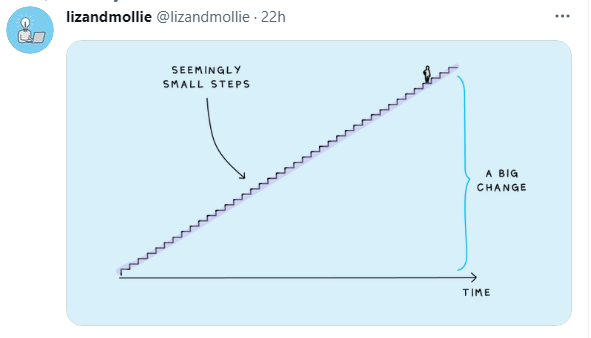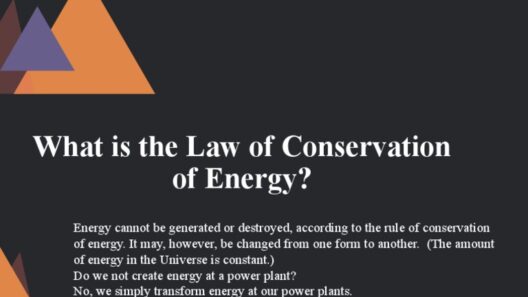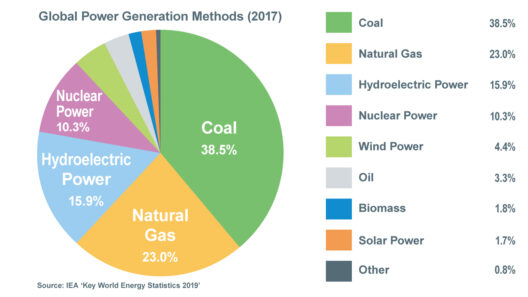In an era typified by the urgent need to mitigate climate change, individual actions can collectively lead to substantial transformations. One of the most promising renewable energy sources available to homeowners is wind energy. Harnessing wind to generate power is not only environmentally sound but also economically advantageous. This article elucidates a variety of methods to conserve and make effective use of wind energy at home, emphasizing small actionable steps that can lead to significant outcomes.
Before delving into specific strategies, it is vital to understand that wind energy is derived from the natural movement of air caused by the uneven heating of the Earth’s surface. Residential wind turbines can convert this kinetic energy into electricity, thereby providing a sustainable alternative to conventional energy sources. However, the adoption of wind power entails more than merely installing a turbine; it encompasses a holistic approach to energy conservation and efficient utilization. Below are diverse methods homeowners can employ to tap into wind energy effectively.
1. Conduct an Energy Audit
Prior to implementing wind energy solutions, conducting a comprehensive energy audit is advisable. This assessment will help identify areas where energy is being wasted, allowing for targeted improvements. Simple steps, such as sealing leaks in windows and doors or upgrading insulation, can dramatically enhance energy efficiency. Understanding one’s consumption patterns is crucial for optimizing any renewable energy integration.
2. Invest in Small Wind Turbines
For homeowners in suitable locations, small wind turbines represent a tangible way to harness wind energy. Typically rated between 400 watts to 100 kilowatts, these turbines can generate enough electricity to power a household. When considering installation, it is imperative to evaluate local zoning laws, assess wind patterns, and choose the right turbine size based on energy requirements. Proper positioning also significantly affects performance; turbines need to be installed at a height that maximizes exposure to prevailing winds.
3. Optimize Energy Storage Solutions
Investing in a robust energy storage system is essential for maximizing the benefits of wind energy. Wind doesn’t blow consistently, so homeowners should consider incorporating batteries that store excess energy generated during high-wind periods. This stored energy can be utilized during calm spells, ensuring a reliable power supply. Additionally, integrating a smart grid system can provide insights into energy consumption, further optimizing the use of stored energy.
4. Implement Energy-Efficient Appliances
Integrating energy-efficient appliances within the home not only reduces energy consumption but also complements the use of renewable energy. Look for appliances with the ENERGY STAR label, which signifies that they meet stringent energy efficiency criteria. Furthermore, employing energy-efficient lighting, such as LED bulbs, can significantly lower electricity usage, allowing more wind-generated power to be available for other uses.
5. Engage in Community Wind Projects
Homeowners should also consider participating in community-based wind energy initiatives. These projects often allow residents to invest collectively in larger wind farms, enabling economies of scale that reduce individual burdens associated with installation and maintenance. Community wind projects not only promote local investments but also enhance shared awareness of renewable energy benefits.
6. Utilize Wind-Powered Systems for Non-Electric Needs
Wind energy can be harnessed for non-electric applications as well. For example, windmills can be used for mechanical tasks such as pumping water for irrigation systems. This method is particularly effective in rural settings, where agricultural practices can benefit from a sustainable water source. Wind-powered systems are versatile and can serve multiple functions, further amplifying their utility.
7. Advocate for Policy Changes
Homeowners can also make an impact by advocating for supportive policies regarding renewable energy. Engaging with local government to push for tax incentives, rebates, or grants for wind energy installation can create a favorable environment for the adoption of wind technologies. Educating the community about the benefits of wind energy can further bolster these initiatives, leading to a collective push towards renewable energy solutions.
8. Educate Yourself and Others
Continuous education regarding advancements in wind energy technology is essential. Homeowners should stay informed about new products, installation techniques, and efficiency strategies. Sharing this knowledge with friends and family can create a ripple effect, potentially leading to broader community changes. Workshops, webinars, and local sustainability fairs can serve as platforms for disseminating this information effectively.
9. Cultivate a Sustainable Mindset
Finally, cultivating an environmental consciousness is paramount. Simple daily actions, from recycling to reducing water consumption, contribute to an overall reduction in one’s carbon footprint. By embracing a sustainable lifestyle, homeowners will not only enhance the efficacy of their wind energy efforts but also inspire others to follow suit. A community that collectively prioritizes sustainability can drive significant policy and societal change.
In summation, conserving wind energy at home requires a multi-faceted approach. From understanding one’s energy consumption through audits to investing in technology and advocating for systemic change, individuals can make decisions that contribute to a more sustainable future. The path towards conserving wind energy is paved with small steps. Each effort, no matter how minuscule, collectively becomes a pivotal part of the larger solution to combat climate change. Those willing to take these initiatives will not only observe financial benefits but also contribute significantly to an environmentally-friendly paradigm shift.







